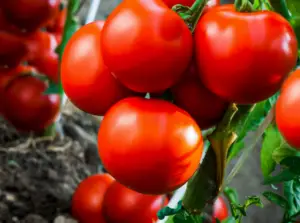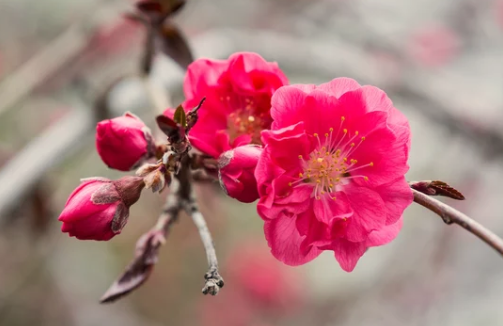Tomato Stem Problems: Causes, Symptoms, and Solutions
Welcome to our comprehensive guide to tomato stem problems! Whether you’re a seasoned gardener or a beginner, understanding and addressing stem issues in your tomato plants is essential for a successful harvest. In this article, we’ll explore common stem-related challenges, their underlying causes, and practical solutions to keep your tomato plants thriving.
2. Why Focus on Tomato Stems?
Before we delve into specifics, let’s discuss why tomato stems deserve our attention. The stem serves as the plant’s lifeline, transporting water, nutrients, and hormones between roots and leaves. Any disruptions or abnormalities in the stem can impact overall plant health, fruit production, and resilience against diseases.
3. Common Tomato Stem Problems

a. Dark Spots or Streaks
- Cause: Black spots or streaks along tomato stems are often associated with early or late blight. Early blight, caused by the fungus Alternaria solani, results in dark brown or black spots on all parts of the plant, including the stem. Late blight, which spreads rapidly, can lead to the demise of tomato plants.
- Solution:
- For early blight, remove infected leaves and apply a fungicide.
- For late blight, pull out affected plants to prevent further spread.
b. Lesions
- Cause: If the dark spot resembles a lesion, it could be due to Alternaria stem canker or bacterial canker.
- Alternaria stem canker: Dark cankers form along the stem, progressing outward in rings. Control is challenging; consider removing affected plants.
- Bacterial canker: identified by brown spots or streaks in lesions. Prevention is key—choose disease-resistant tomato varieties and practice crop rotation.
c. Bumps
- Cause: Small white or brown bumps often appear on tomato stems. These are normal and not a cause for alarm.
- Solution: No action is needed; these bumps are part of the plant’s growth.
d. Cracks
- Cause: Cracks or splits in tomato stems can occur due to rapid growth, fluctuations in moisture, or irregular watering.
- Solution:
- Maintain consistent soil moisture.
- Avoid sudden changes in watering frequency.
- Choose crack-resistant tomato varieties.
e. White Spots
- Cause: White spots on tomato stems may indicate root initials. These are harmless and related to root development.
- Solution: No treatment is required; they won’t affect fruit production.
4. Importance of Early Detection
Regularly inspect your tomato plants, paying attention to the stems. Early detection of stem problems allows you to take corrective measures promptly and ensure healthy fruit production. Remember, a healthy stem means robust tomatoes!
Helpful Table Summarizing The Common Tomato Problems and Their Solutions
| Problem | Cause | Solution |
|---|---|---|
| Blossom End Rot | Lack of calcium, uneven watering, or root damage | Maintain consistent watering Provide adequate calcium (e.g., eggshells or lime); keep soil moisture stable. |
| Early or Late Blight | Fungal diseases (Alternaria solani) cause dark spots on leaves, stems, and fruit | For early blight: Remove infected leaves and use a fungicide For late blight, remove affected plants to prevent spread. |
| Leaf Curling | Stress, pests, or environmental factors | Maintain consistent moisture Protect from extreme temperatures; manage pests |
| Yellowing Leaves | Nutrient deficiencies, overwatering, or diseases | Adjust watering fertilize appropriately and Inspect for pests or diseases |
| Tomato Hornworms | Large green caterpillars devour leaves and fruit | Handpick and destroy hornworms Use natural predators (e.g., parasitic wasps); apply organic insecticides |
| Aphids and Whiteflies | Tiny sap-sucking insects cause yellowing and stunted growth | Use insecticidal soap or neem oil; encourage beneficial insects; and Maintain plant health |
| Cracking or Splitting | Rapid growth, irregular watering, or moisture fluctuations | – Keep soil consistently moist; – Avoid sudden changes in watering; – Choose crack-resistant tomato varieties |
| Fruit Cracking | Ripe tomatoes developing cracks due to rapid water uptake | Maintain even moisture levels. Harvest ripe tomatoes promptly |
| Fusarium and Verticillium Wilt | Soil-borne fungal diseases cause wilting and decline | Plant disease-resistant varieties; practice crop rotation |
| Stunted Growth | Poor soil, insufficient nutrients, or overcrowding | Amend soil; fertilize adequately; and Provide proper spacing |









